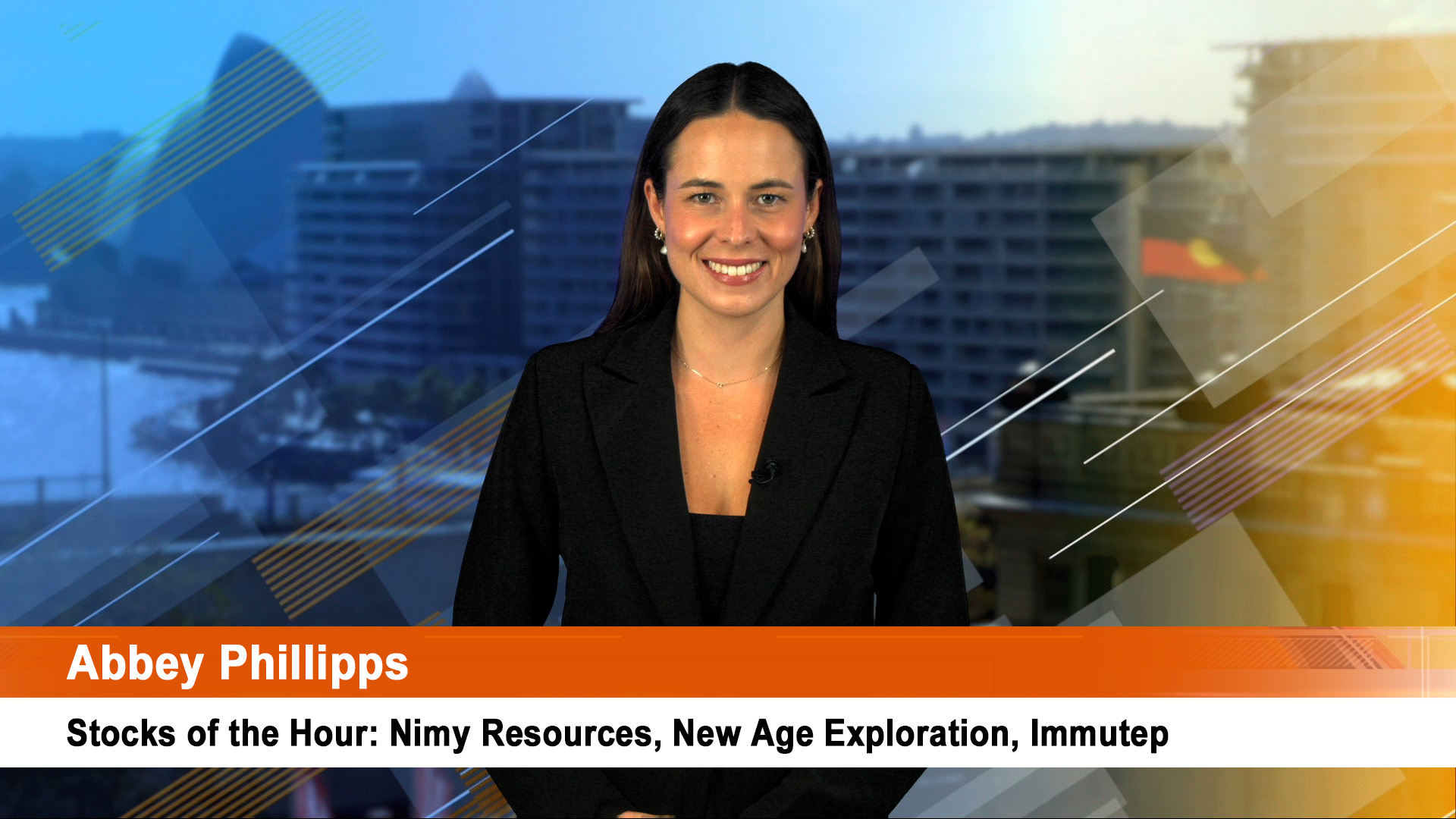
Conflicting messages from a leading bank to shareholders and customers are par for the course most days, but lately we customers (and those of us who are shareholders) have been copping the same fluff.
Arrogant reductions in Reserve Bank rate cuts for homeowners, rapid pass through of deposit rates and of course, dividend cuts of 20% to 25%. It’s all take, take.
The managements of three of the big four, the ANZ, NAB and Westpac have been busy warning us about the bad debt problems they face as the Australian economy slows and how the likelihood that further rate cuts by the RBA might not be passed on in full because of the higher cost of funding
Westpac was no different yesterday, and yet the bank’s CEO, Gail Kelly claimed that Australian households would be the mainstay for the bank in the coming year (and of course for the rest of our more powerful banking industry).
She told analysts that the housing market is likely to lead the Australian economy out of recession with the business sector set to remain depressed for the rest of this year.
She said lending to businesses will show little or no growth for the next six months for the banks and may actually go backwards given the economic downturn (according to the Reserve Bank figures, business lending is indeed negative at the moment and has been for most of 2008).
But Ms Kelly said the housing sector was holding up, helped in part by the benefit of the federal government’s first-home buyers grant which is due to end on June 30.
(And as we saw Monday with the fourth monthly rise in building approvals for new private houses.)
She said that lower interest rates, which had cut monthly mortgage payments little, if any subprime lending, no overhang of unsold houses and a gradual fall in house prices, would all help to underpin the economy especially once buyers grew in confidence that the slowdown was moderating.
And yet Westpac hasn’t done the right thing by its mortgage borrowers.
Of the 4.25% (425 basis points) in rate cuts by the Reserve Bank since September, the Commonwealth has so far passed on 394 (3.94%) points and NAB 387(3.87%).
ANZ and Westpac have made 380 points (3.80%) of cuts. Some of the banks have started increasing their fixed interest loan rates to protect their already fattened interest margin. That’s greed.
So while the CBA has been rightly bagged for only passing on 0.10%, it’s been the most generous, while Westpac and the struggling ANZ have been the greediest.
While Westpac is telling households and home owners (potential and actual) that they will ‘lead’ the economy out of the slump, it’s doing its best to screw shareholders, like its peers in the NAB and the ANZ.
Shareholders have already had to contend with a big drop in share prices: much of it due to ill-advised lending by these banks and former and current managements.
Westpac earned a cash profit of $2.2 billion, down some 6%, which in view of the rise in bad debts and provisions, was a pretty good effort, as was the 9% fall in the NAB’s earnings to just over $2 billion. The ANZ was the stand out with a 40% plus drop in its interim cash profit.
But despite that solid result, Westpac became the latest of the Big Four banks to cut its dividend payments as it seeks to conserve cash and protect its balance sheet from the rising tide of bad debts.
There’s some investor relief after Westpac’s 20% cut to dividend to 56c a share was not as deep as some had feared given rivals ANZ and National Australia Bank each issued cuts of around 25% for the past year.
The bank’s impairment loan charges of $1.56 billion were up sharply from around $500 million in the September half and $930 million for the entire 2008 financial year.
Total impaired assets to gross loans of 1% puts it at the top of the big four, given this also takes in St George which was acquired during the year for $16 billion (in Westpac paper).
And finally, despite the complaining and moaning about how tough times are, our banks are getting fatter, as measured by their most important metric: their net interest margin.
From 2% (200 basis points) in the March half last year, the ANZ’s net interest margin jumped to 2.22% in the March half year.
The NAB’s net margin rose 0.17% to 2.53% from 2.36% in the same period of 2008. In both cases those gains reversed the steady compression of margin from 2003 onwards as competition in home and personal lending heated up and big business customers went to market directly, forcing down fees and rates.
And yesterday Westpac revealed that its net interest margin rose by almost a quarter of a percentage point to 2.24%.
It was up 24 basis points (0.24%) over the corresponding period.
Part of that rise came from its Treasury operations but 7 basis points (0.07%) resulted from the cost of lending being passed on to its business and retail customers.
It doesn’t sound much, but when you have tens of billions of dollars in loans, (some of which have come from the St George merger) every little bit becomes a very large amount on the bottom line.
We need strong, profitable banks to help protect the economy and employment, during the downturn.
We taxpayers, through the federal government, have helped ensure that by the guarantee on deposits and loan raisings.
Shouldn’t the banks recognise that contribution, while they try to get us households to underwrite their recovery from the slump, as Ms Kelly says we will?
Westpac shares rose 46 cents to $19.96.













